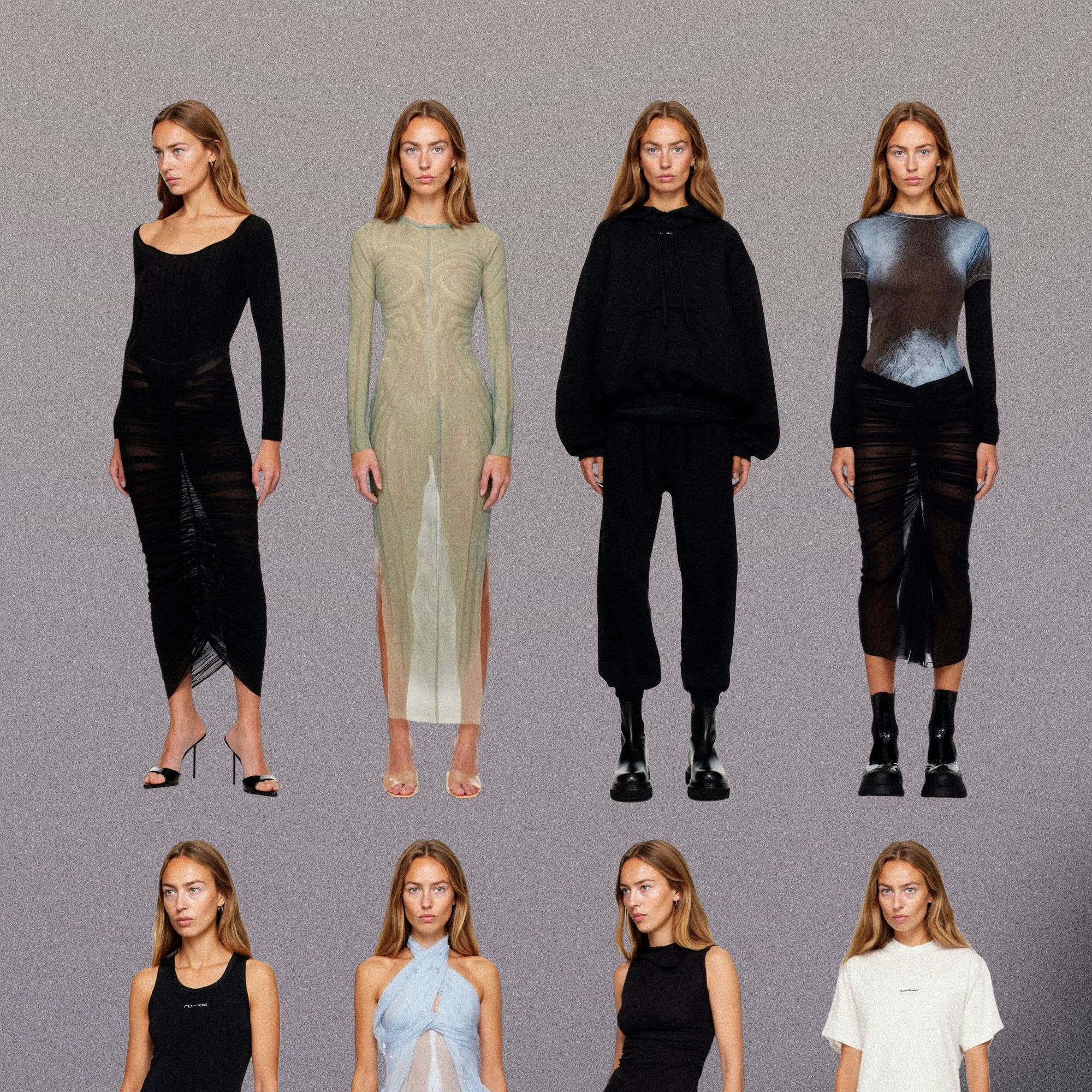
**The Future of Fashion Forecasting: Investigating AI’s Contribution**
Fashion forecasting has conventionally merged artistic intuition with analytical precision. This blend of creativity and data analysis empowers industry professionals to foresee which colors, styles, and designs will take center stage in the fashion world months ahead. Yet, artificial intelligence (AI) is now entering this field, providing assistance without supplanting human proficiency. Scholars at South Korea’s Pusan National University examined this potential by utilizing ChatGPT, an AI chatbot recognized for its talent in composing emails and supporting homework, to forecast fashion trends. The conclusion? It’s a varied achievement.
Under the direction of Assistant Professor Yoon Kyung Lee and graduate student Chaehi Ryu, the team avoided directly querying ChatGPT about the upcoming season’s styles. Instead, they adopted a method known as Top-Down Prompting. This strategy breaks down broad questions into more targeted categories, including silhouettes, fabrics, and color palettes.
**AI’s Method for Trend Forecasting**
Motivated by the Lotus Blossom brainstorming method, the researchers divided their inquiries into eight fashion categories: silhouette, materials, essential items, garment details, decorative aspects, color, moods, and prints and patterns. When applied to project men’s fall/winter 2024 trends, ChatGPT accurately predicted only 9 out of the 39 forecasts made by professional trend analysts. Overall, the AI preferred safe, established styles and frequently overlooked upcoming trends.
Notably, ChatGPT accurately recognized certain trends such as gender-neutral fashion and the resurgence of statement coats, trends that were also emphasized by professionals. These findings hint at AI’s potential in recognizing subtle cultural shifts, even those not yet documented in current data.
**AI: An Auxiliary Resource for Emerging Designers**
Despite the limitations, the potential application of ChatGPT in fashion shouldn’t be completely disregarded. While it may struggle to reliably predict niche or avant-garde trends, its accessibility offers a practical resource for fashion students or small brands that lack the budget for expensive trend prediction services. Traditional data analysis necessitates expertise and financial backing, whereas ChatGPT is both free and easily accessible.
The researchers support a collaborative framework where AI enhances human insight. They suggest an educational model that combines their Top-Down Prompting technique with recognized industry knowledge. This method enables AI to analyze cultural data, paving the way for human designers to infuse creativity and intuition—qualities AI has yet to achieve.
As the fashion sector continuously evolves with cultural flows, grasping widespread societal behaviors and trends becomes essential. Although AI is still in the process of learning to navigate these cultural intricacies, the progression of tools like ChatGPT might one day aid trend forecasters by gathering data from various sources online.
**Conclusion**
AI is unlikely to displace human trend forecasters in the near future, partly because of its current shortcomings in precision and creativity. However, as AI technologies progress and prompting methods enhance, they are poised to become valuable resources in the fashion industry, partnering with designers focused on future possibilities.
For additional insights, refer to the study published in the Clothing and Textiles Research Journal: [10.1177/0887302X251371969](https://doi.org/10.1177/0887302X251371969).